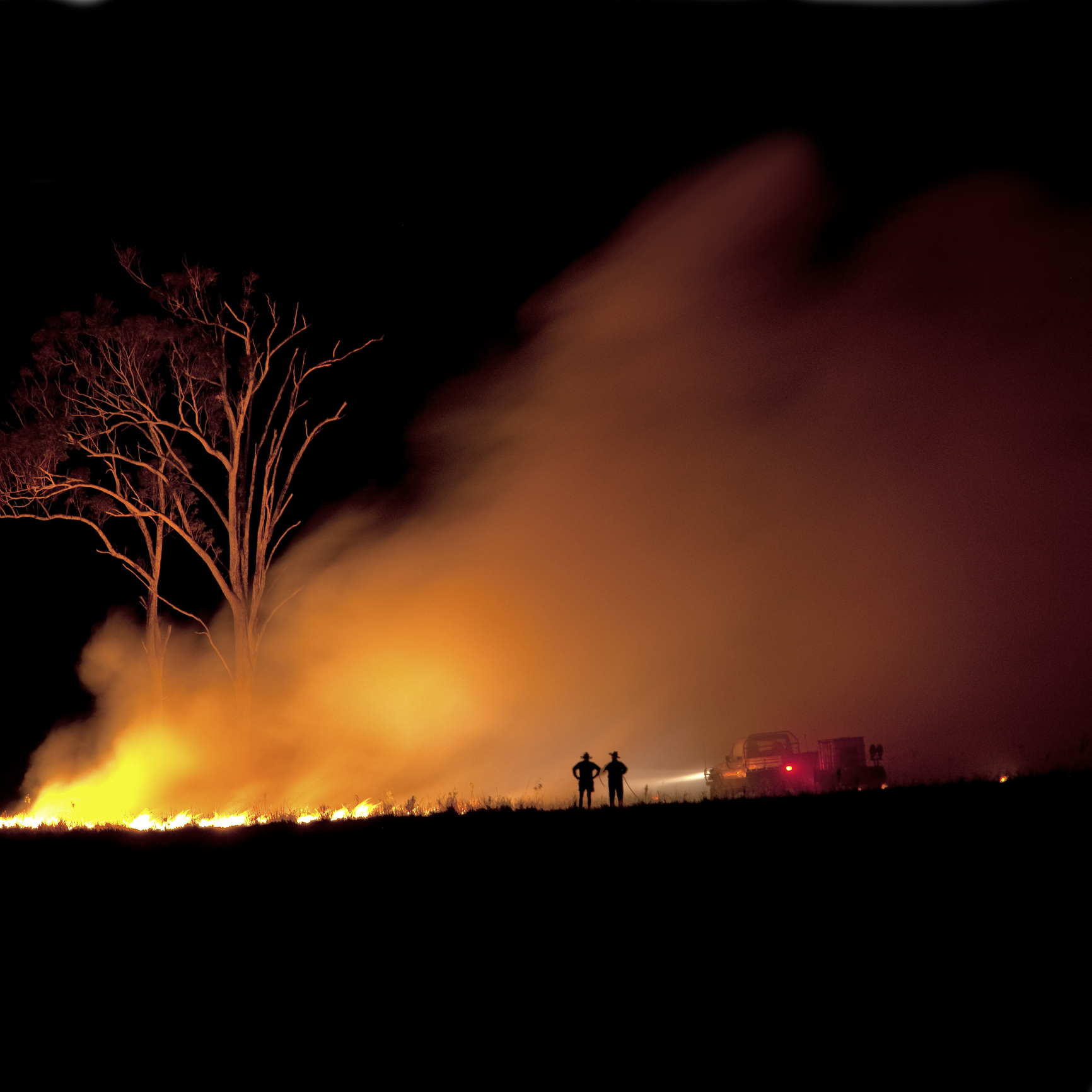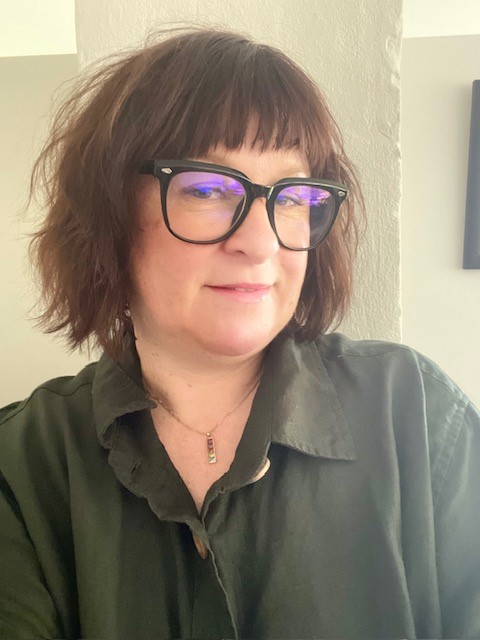Navigating the growing number of uninsurable homes
Homes in the direct line of bushfires and floods are hitting the market as owners appear keen to sell up before buyers get wind of the issue.
Estate agents under the PRD Real Estate umbrella have revealed an increasing trend of uninsurable properties hitting the market.

PRD chief economist Dr Diaswati Mardiasmo says: “This suggests that more homeowners in high risk areas may consider selling their properties.”
The top electorates are at high risk of flooding or bushfires, with previous events like 2011 Brisbane floods, the 2019/20 bushfires season, and the floods in Eastern Australia in both 2021 and 2022.
How far spread is the issue?
This is an alarmingly common concern, particularly in flood-prone and bushfire-affected regions.
As home insurance providers assess risk factors before issuing insurance cover, they may either refuse coverage entirely or charge unaffordable premiums, making cover practically impossible to obtain.
Across Australia, around 520,940 (one in every 25) could sustain annual damage costs from extreme weather and climate change. This equates to one in 25 homes are at high risk of falling into the category of uninsurable by 2030 due to the impact of climate change.
'Which capital cities are leading home price growth?: youtube.com/mortgagechoice
The Climate Council warns of an insurability crisis as the risk of worsening weather extremes result in skyrocketing insurance premiums. The threat of bushfires and floods are the biggest risk in many cases.
The Uninsurable Homes report warns that some parts of the country may become uninhabitable in years to come as worsening weather patterns increases the cost of maintenance and repair of properties, pushing up premiums beyond the reach of homeowners.
And the number of uninsurable homes is only set to rise. A second assessment of the situation warns that one in 10 homes could become uninsurable by 2035.
The analyst suggests that nearly 400,000 homes were either uninsurable or unaffordable to insure, equating to about one in every 20 homes.
The insurance equation
It can be frustrating that financial institutions, governments and insurers all have different ways to price and categories physical risk to property associated with climate change.
Individual homes aren’t deemed uninsurable – just the suburb they are located in. But it can be a nasty surprise to homeowners and buyers, unless there has been an obvious natural disaster in the area and you are buying or selling immediately after that.
Suburbs most impacted
The state breakdown shows the number of properties that will be deemed uninsurable by 2030 are:
State |
Percentage of properties |
Number of properties |
| QLD | 6.5% | 193,252 |
| NSW | 3.3% | 148,546 |
| VIC | 2.6% | 95,845 |
| TAS | 2.0% | 6,905 |
| SA | 3.2% | 35,285 |
| WA | 2.4% | 35,277 |
| ACT | 1.3% | 3,071 |
| NT | 2.5% | 2,783 |
While this will impact all Australians, some electorates are at greater risk. The top 10 most at-risk federal electorates by 2030 are:
Nicholls |
VIC |
Richmond |
NSW |
Maranoa |
QLD |
Moncreiff |
QLD |
Wright |
QLD |
Brisbane |
QLD |
Griffith |
QLD |
Indi |
VIC |
Page |
NSW |
Hindmarsh |
WA |
Duty of disclosure
Estate agents are required to disclose information about a property they have listed for sale.
This can vary from state to state. For example, estate agents have a legal duty to disclose environmental hazards in NSW, a flood or bushfire event must be disclosed in Victoria, while any environmental hazards or risks must be disclosed in Queensland.

Bushfire-prone areas around Australia can prove challenging for insurance. Picture: Getty
However, when Mortgage Choice contacted the Real Estate Institute of Australia for comment on the disclosure requirements when it comes to uninsurable homes, we did not get a response.
Dr Mardiasmo says estate agents should be completely open and frank, having a discussion about the insurance factor. They can also help with price negotiations between buyer and seller so the price can be reduced slightly.
Buyers should instead do their own research to determine which areas of the nation are at most risk, bearing in mind that individual homes aren’t detailed as uninsurable – it’s the neighbourhoods they have been built it that are deemed at risk of falling into the uninsurable category.
Bear in mind that the uninsurable issue has been overshadowed by the housing supply crisis in Australia, meaning it is possible for people to forego the insurance and taken on the risk, even in a high risk area, to ensure that they have a home.
Selling an uninsurable home
Some online reports suggest that cash buyers and real estate investors are often the most viable buyers for uninsurable homes, but will expect a discount given the insurance limitations.
'Preparing for a home loan application': youtube.com/mortgagechoice
Meanwhile, estate agents are adamant that regardless of climate risks, beachfront properties and bush retreats are always in demand despite these desirable locations often the most vulnerable to climate change, says Ray White Group chief economist Nerida Conisbee.
"The drive to live near water and close to the bush seems to outweigh the elevated cost of insuring homes in these areas, and the potential danger that wild weather can create,” Ms Conisbee says.
“Despite these growing threats, house prices in many of these areas keep climbing. Overall, it appears that the risk of becoming uninsurable for flooding has a limited impact on demand for property.”
Of the suburbs deemed uninsurable, more than 80%of the properties in these areas considered at high risk.
Despite this, all of them experienced price growth over the past five years, Ms Conisbee confirms, while seven saw price growth stronger than the Australian average.



